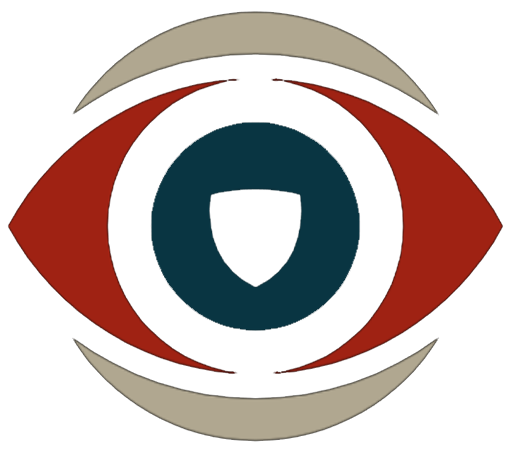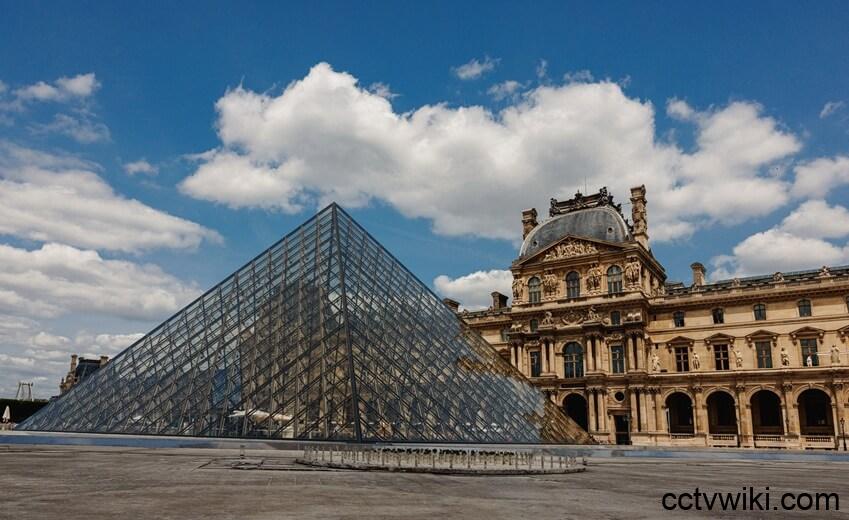The Louvre Heist: A Wake-Up Call for Museum Security
Seven minutes. That’s all it took for thieves to pull off a brazen heist at the Louvre. In broad daylight, they ascended on a construction platform, shattered display cases, snatched historical jewels with ties to Napoleon, and vanished on scooters before the control room even knew what was happening. It sounds like a scene ripped from “Mission: Impossible,” but this time, Tom Cruise was nowhere to be found.
In the movies, we’re used to seeing intricate laser grids guarding priceless artifacts, with the hero deftly maneuvering through them. The reality, however, is far less glamorous. Most museums still rely on traditional methods: mechanical sensors, simple infrared beams, cameras, and the most unreliable element of all – the human eye.
3D Surveillance, Hexagon’s
Safety, Infrastructure and
Geospatial division
The problem? The human eye can’t measure space with precision. Cameras record images, but they can’t detect subtle shifts, like a display case moved by a few centimeters or a hand crossing an invisible boundary. That’s where a game-changing technology steps in: LiDAR.
From Hollywood Fantasy to Real-World Security
Forget the tangled maze of laser beams you’ve seen on the silver screen.
A state-of-the-art 128-channel rotating LiDAR system fires hundreds of thousands of laser pulses per rotation – up to ten times per second. That translates to millions of spatial measurements every second, creating an invisible web of light that maps the scene in 3D, without being noticed.
LiDAR constructs a “point cloud,” a live, three-dimensional model of the environment. The system constantly compares this model to the actual scene. If anything changes – a hand gets too close, a case is moved, or an object vanishes – LiDAR detects it instantly.
When Technology Sees in 3D
LiDAR technology, like LidarVision developed by Hexagon, brings true 3D situational awareness to museums and galleries. It doesn’t just register movement; it knows exactly where it’s happening, how fast, and in what direction. Each detected object is tracked with its precise dimensions, velocity, and spatial position.
If a visitor gets too close to a protected exhibit, the system triggers an alarm. Pan-tilt-zoom (PTZ) cameras automatically focus on the exact location and begin recording. Security personnel no longer need to stare at dozens of screens, hoping to catch the critical moment.
LiDAR data can also be used as forensic evidence, allowing investigators to reconstruct incidents in full 3D. They can see exactly how intruders moved, from entry to exit, with centimeter-level precision.
Beyond Thieves: Everyday Situational Awareness
LiDAR isn’t just for thwarting master criminals. It also enhances daily operations, recognizing suspicious behavior near sensitive exhibits, unauthorized objects entering a room, or even a visitor collapsing. The system can trigger silent alerts, notify security staff, or automatically redirect nearby cameras.
History That Never Comes Back
Art theft isn’t just a plot device in movies; it’s a recurring tragedy. In 1990, 13 paintings worth over half a billion dollars disappeared from Boston’s Isabella Stewart Gardner Museum. None have ever been recovered. Even Leonardo da Vinci’s Mona Lisa was stolen from the Louvre in 1911, though it was miraculously recovered two years later. But that case remains an exception.
Thieves often fail to grasp that cultural artifacts aren’t mere commodities. When they melt them down for gold or strip them for gems, they don’t just destroy monetary value – they erase history.
Spatial Understanding is the Future of Security
No security system is foolproof. But while cameras merely observe, LiDAR understands space.
From a single, compact device, it monitors the 3D environment in real-time, detects anomalies, and reacts immediately. Modern security isn’t just about higher fences or better cameras. It’s about spatial understanding – knowing what is happening in the room right now.
And that’s something even Tom Cruise would struggle to bypass.
Martin Vojtek is Business Director of 3D Surveillance at Hexagon’s Safety, Infrastructure & Geospatial division.

